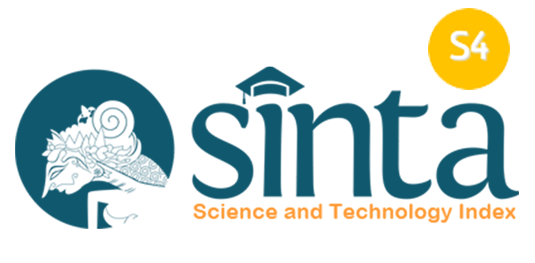Students' Concept Understanding Through Four Tier Diagnostic Test In Fiqih Subject Of Class XI Madrasah Aliyah
DOI:
https://doi.org/10.32764/application.v3i3.4610Keywords:
Conceptual Understanding, Diagnostic Test Four Tier, FiqhAbstract
The purpose of this study was to determine the students' conceptual understanding through the Four Tier Diagnostic Test in the Fiqh Subject of class XI MA Fattah Hasyim. This study uses descriptive quantitative research. Descriptive research attempts to describe an existing phenomenon, namely the implementation of the four-tier diagnostic test instrument in seeing students' misconceptions. The population and sample of the study used the Purposive Sampling Technique in Class XI F Language MA Fattah Hasyim with a total of 30 students. The collection of research data used the four-tier diagnostic test. This instrument consists of 15 validated questions. The research data were analyzed through normality tests and homogeneity tests. The results of the study of students' conceptual understanding through the four-tier diagnostic in the fiqh subject obtained a conceptual understanding of 74.89%, quite understanding 20.67%, weak concepts 1.11%, and misconceptions 3.33%. Students tend to experience misconceptions in the sub-material of gifts at number 9 with an average of 33.33%, then experience misconceptions again in the sub-material of grants at number 11 with an average of 10.00%, and in the sub-material of nafaqah and sadaqah numbers 1 and 8 with an average of 3.33%.











